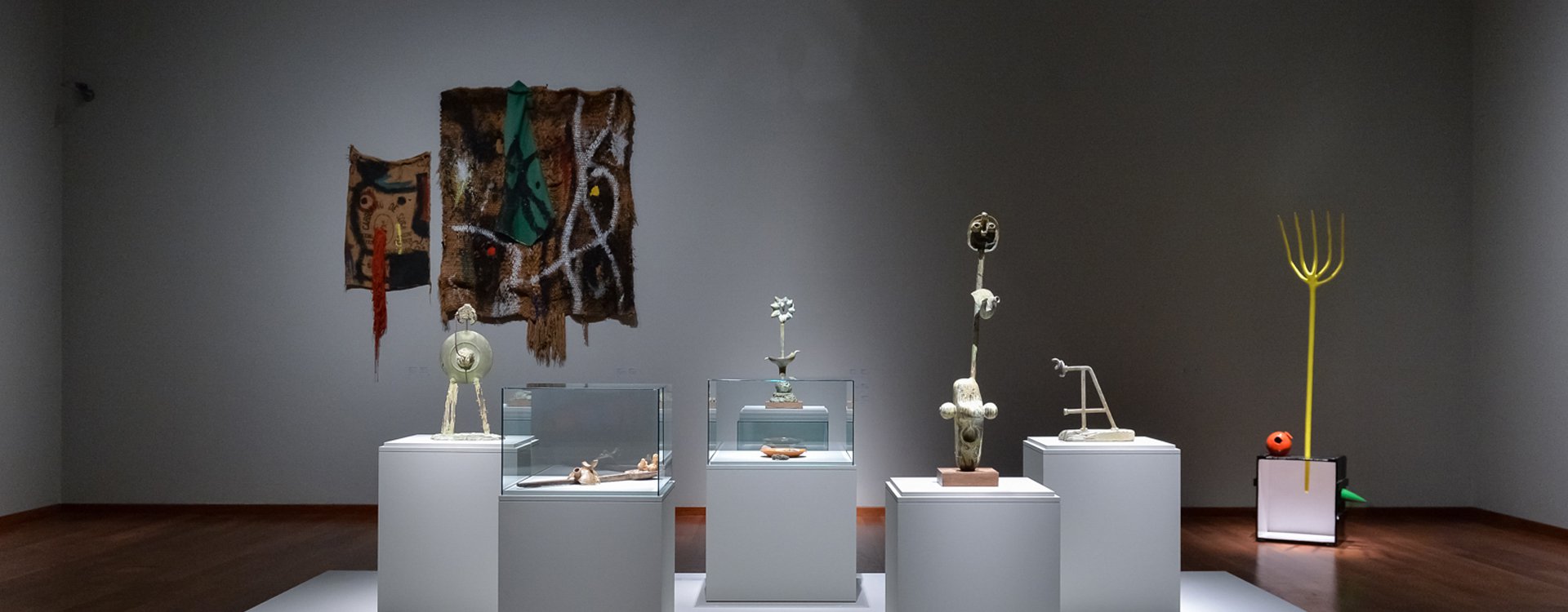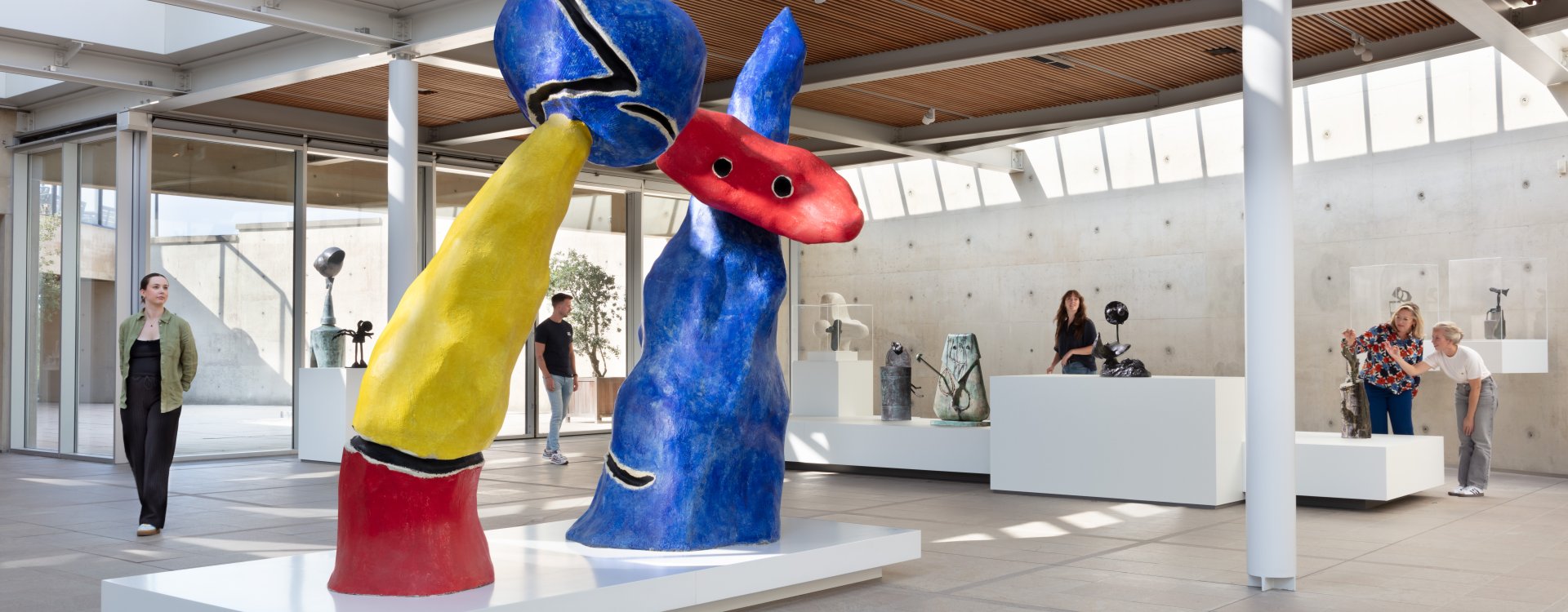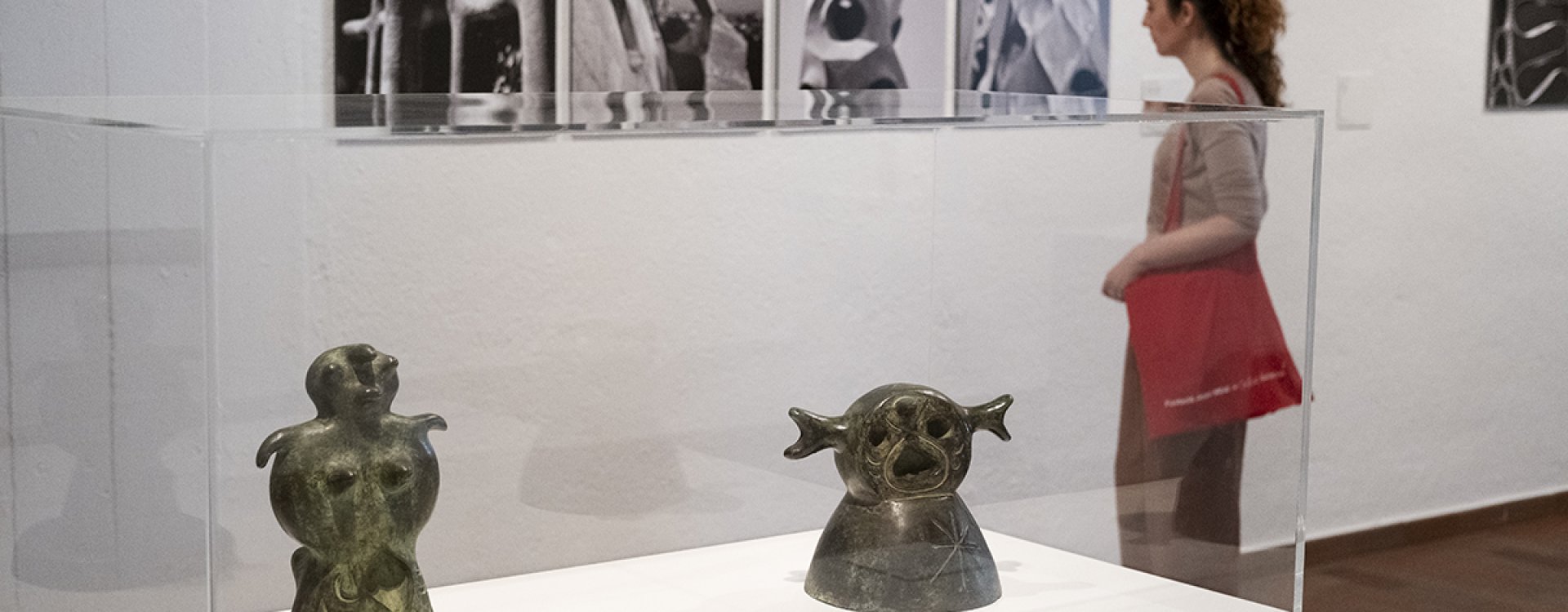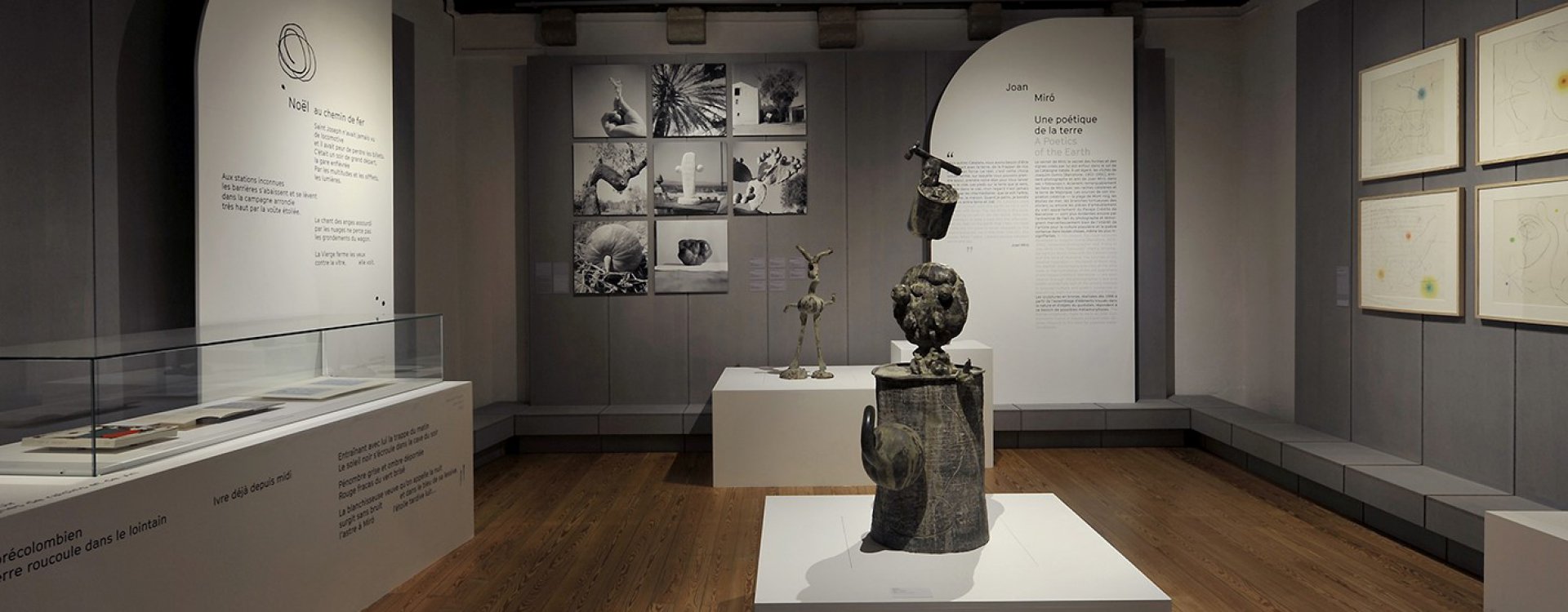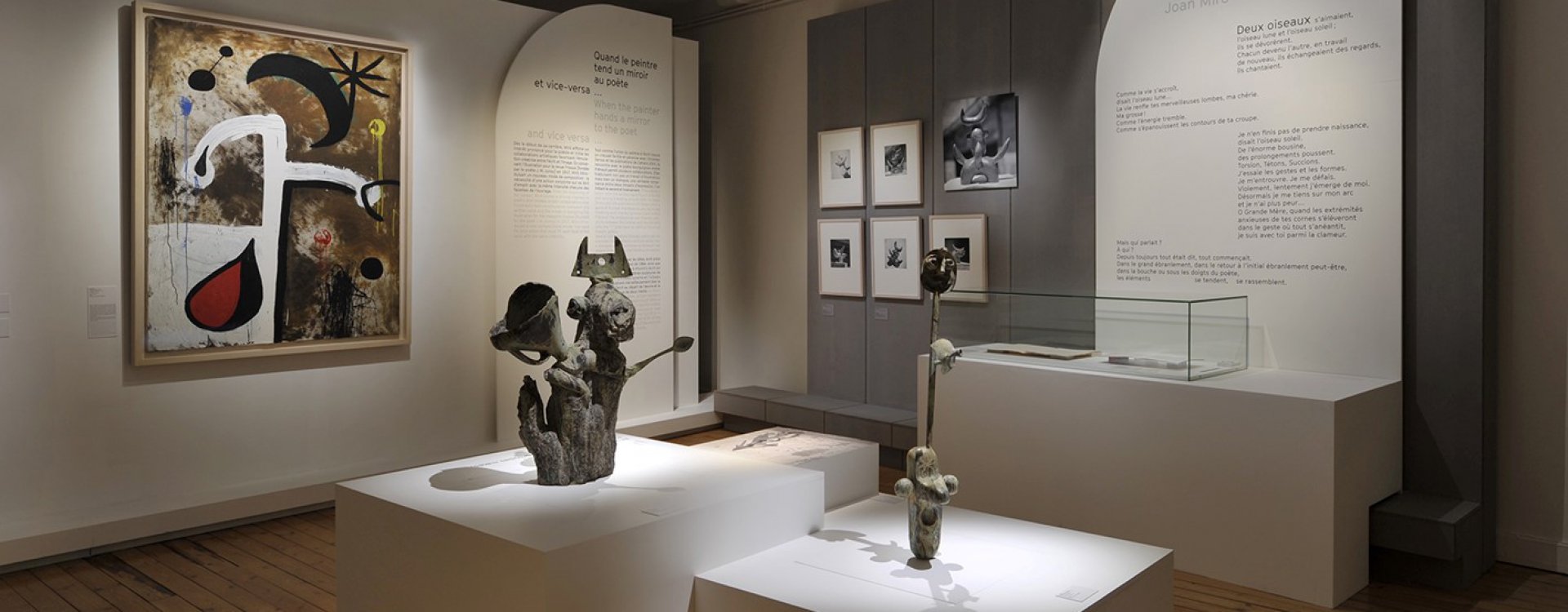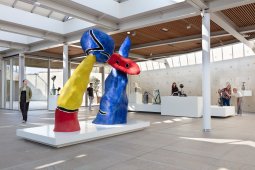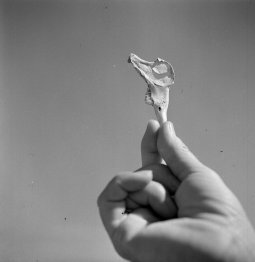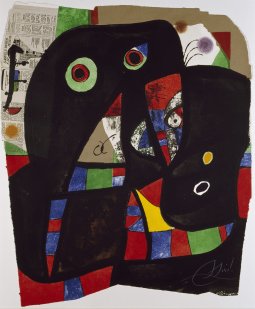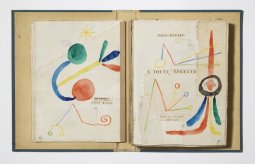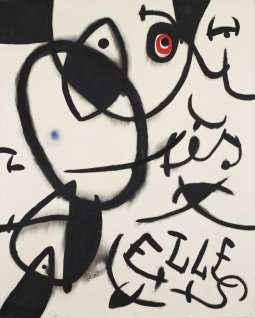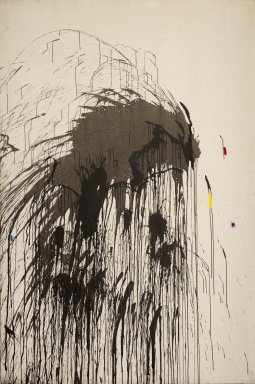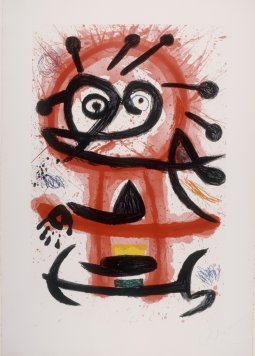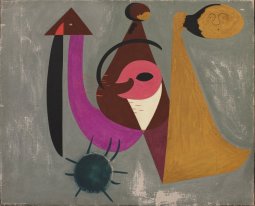
Joan Miró. Poetry into Painting
Curated by: Tokyo Metropolitan Art Museum and Fundació Joan Miró
Joan Miró anthological exhibition to be held at the Tokyo Metropolitan Art Museum as part of the Fundació Joan Miró’s 50th anniversary. From 1 March to 6 July 2025.
This is the first major anthological exhibition of Joan Miró’s work since the National Museums of Modern Art in Tokyo and Kyoto dedicated an exhibition to the artist in 1966, which prompted him to visit Japan for the first time. The exhibition includes a broad representation of almost all the techniques used by the artist throughout his career (painting, sculpture, textiles, objects, poster design). Among the hundred works making up the contents of the exhibition, the Fundació Joan Miró will contribute some of the most notable of this set by lending works that are particularly relevant to the artist’s career.







